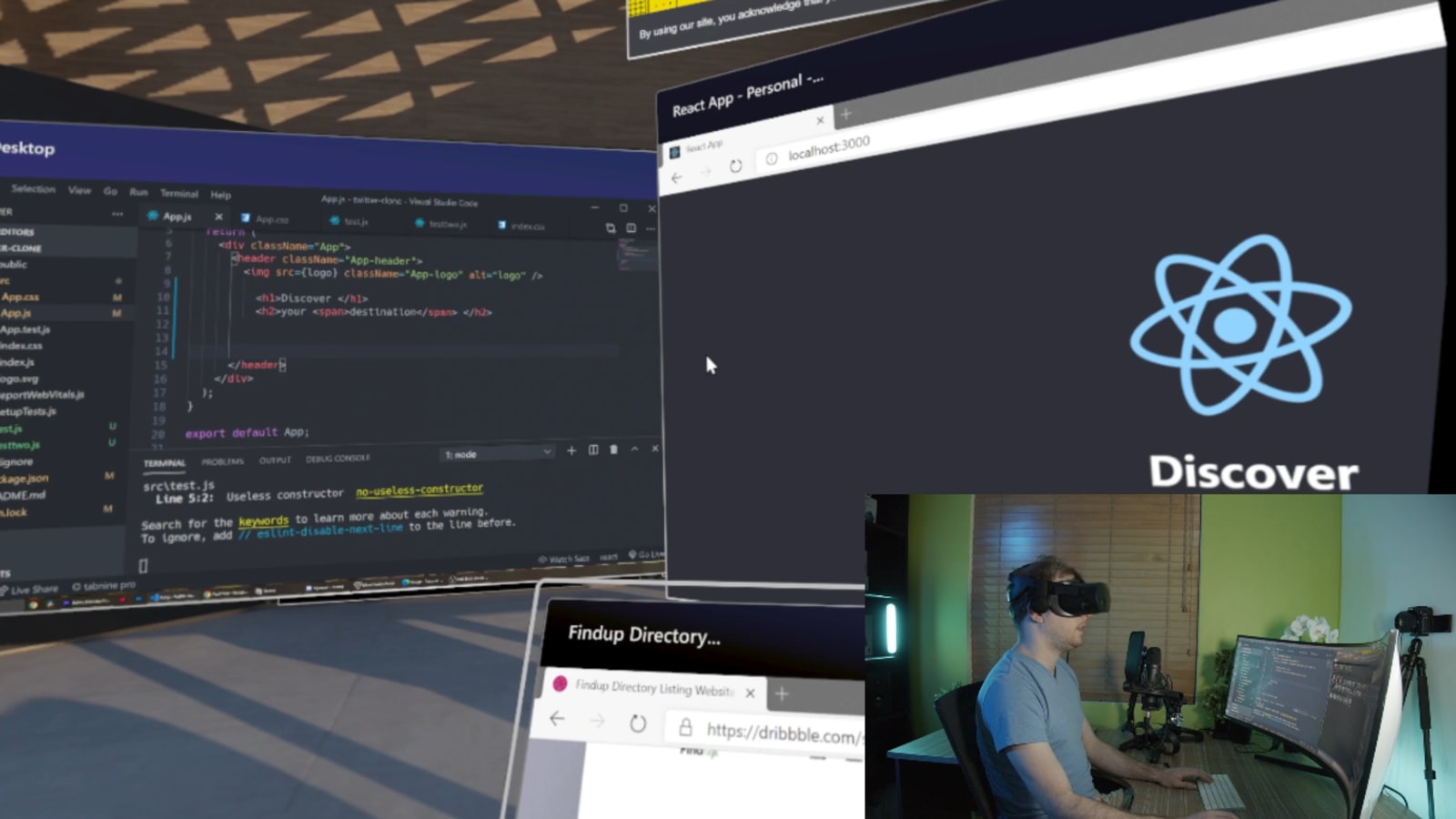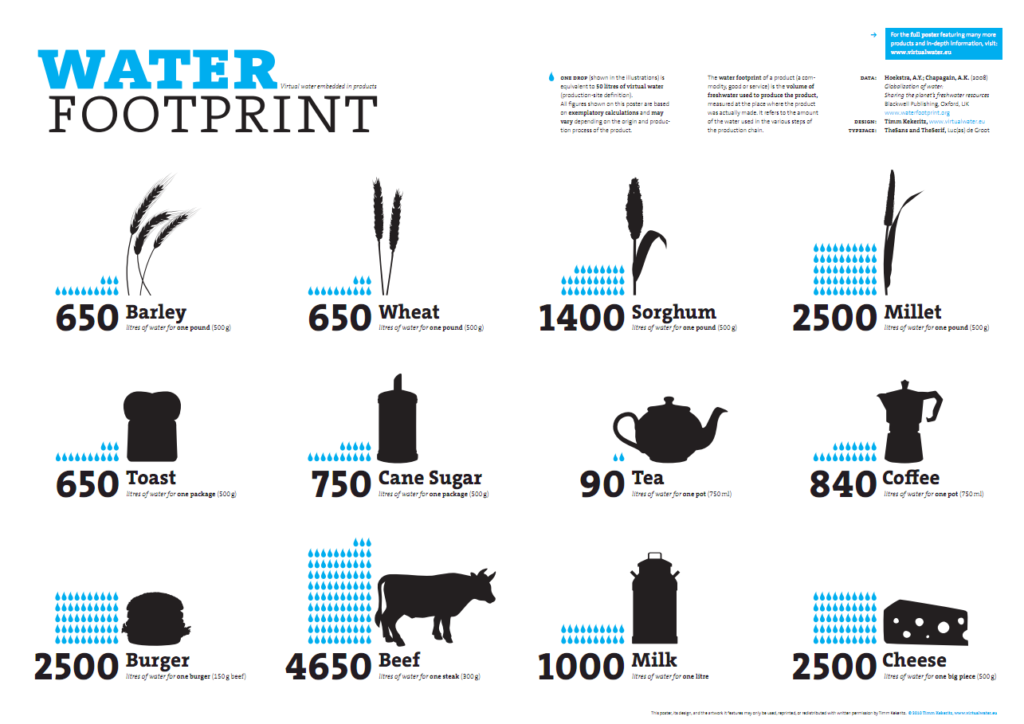As technology continues to advance, virtual reality has become an increasingly popular way to experience new worlds and environments. From immersive video games to virtual tours of real-life locations, the possibilities of virtual reality are endless. However, programming for virtual reality can seem like a daunting task for those who are new to the field.
If you’re interested in creating your own virtual reality experiences, there are several key skills and tools that you’ll need to learn. In this guide, we’ll cover the basics of how to program virtual reality, including the software and hardware you’ll need, the programming languages you should know, and some tips and tricks for creating engaging and immersive experiences. Whether you’re a seasoned programmer looking to expand your skills or a complete beginner, this guide will provide you with the knowledge you need to get started in the exciting world of virtual reality programming.
How to Program Virtual Reality?
- Step 1: Learn a 3D programming language. Popular choices include C#, C++ and JavaScript.
- Step 2: Become familiar with virtual reality platforms. Popular ones are Oculus, SteamVR and Google Cardboard.
- Step 3: Set up your development environment. Install the correct software, such as Unity 3D, Unreal Engine and CryEngine.
- Step 4: Get to grips with the different concepts of virtual reality. These include 3D audio, positional tracking and head-mounted displays.
- Step 5: Test your work with a virtual reality headset. Doing this will help you to identify any issues or areas for improvement.
Once you’ve completed these steps, you should be able to develop virtual reality experiences.
How to Program Virtual Reality?
Programming virtual reality (VR) is a complex and ever-evolving process that requires knowledge of multiple programming languages, tools, and frameworks. Understanding the fundamentals of VR programming is essential for anyone looking to create their own immersive experiences. In this article, we’ll take a look at the steps necessary to program virtual reality and discuss the various tools and techniques that are used.
Identify Your Platform
The first step in programming virtual reality is to identify the platform you will be using. There are multiple platforms available, each with its own set of features and capabilities. Common platforms include Unity, Unreal Engine, and WebVR. It is important to research and understand the requirements of the platform you choose before beginning development.
Once you have chosen a platform, the next step is to understand its capabilities and limitations. It is important to understand the scope of the platform, as well as the types of VR experiences it can support. Understanding the capabilities of the platform will help you determine the best way to develop your project.
Develop Your Project
The next step in programming virtual reality is to develop your project. This involves creating the necessary code and assets to bring your experience to life. Depending on the platform you are using, this may involve coding in C#, C++, or JavaScript. It is important to understand the language and tools used to develop the project.
Once the code is written, it must be tested to ensure it is working correctly. This involves running the code on a virtual reality headset and making sure the experience is as expected. It is also important to ensure the project is optimized for the hardware it will be running on.
Distribute Your Project
The final step in programming virtual reality is to distribute your project. Depending on the platform you are using, there are multiple ways to distribute your project. This could include publishing to the Oculus Store, Steam, or the web. It is important to understand the requirements for each platform and the steps necessary to successfully distribute your project.
Conclusion
Programming virtual reality is a complex and ever-evolving process. Understanding the fundamentals of VR programming is essential for anyone looking to create their own immersive experiences. By following the steps outlined in this article, you can develop and distribute your own virtual reality projects.
Frequently Asked Questions
This section provides answers to frequently asked questions about programming virtual reality.
What is Virtual Reality?
Virtual Reality (VR) is an immersive experience that simulates physical, real-world environments and activities for users. VR enables users to interact with and explore simulated environments, such as 3D worlds, and experience a sense of presence within them. It is an environment that is created using computer technology, and it is best experienced using a headset.
How do I program virtual reality?
Programming virtual reality requires knowledge of 3D computer graphics and a programming language such as C++. Programming virtual reality apps requires a good understanding of 3D graphics and 3D graphics libraries. Additionally, one must be familiar with the virtual reality hardware and its capabilities. It is important to understand the principles of 3D computer graphics, such as lighting, textures, and shaders, to create a realistic virtual environment.
What software is used to program virtual reality?
There are a few software options that can be used to program virtual reality. Unity, Unreal Engine, and CryEngine are popular game engines that are used to create virtual reality experiences. Additionally, there are a few programming tools specifically designed for virtual reality, such as VRML, OpenVR, and WebVR.
Are there any tools to help with programming virtual reality?
Yes, there are a few tools available to help with programming virtual reality. Tools such as High Fidelity and A-Frame are designed to help developers create virtual reality experiences without having to write code. Additionally, there are a few tools that can help with 3D graphics and 3D graphics libraries, such as Blender and Maya.
What are the benefits of programming virtual reality?
Programming virtual reality can be a great way to create immersive experiences and explore new worlds. It allows developers to create engaging and interactive experiences that can be shared with others. Additionally, it can be used to explore complex scientific and mathematical concepts, such as physics and geometry, in a more visual way. Finally, programming virtual reality can be used to create educational experiences, such as virtual tours and simulations.

What Do I Need to Become a VR Developer? (VR Headsets, Apps, and Skills needed)
In conclusion, programming virtual reality is a complex and exciting field that requires a deep understanding of computer science, mathematics, and software engineering. With the increasing demand for immersive experiences in video games, education, and other industries, virtual reality programming is becoming a highly sought-after skill that can lead to rewarding careers and groundbreaking innovations.
If you’re interested in learning how to program virtual reality, there are numerous resources available online, including tutorials, forums, and courses. With dedication, patience, and a passion for innovation, anyone can master the art of virtual reality programming and contribute to the development of this rapidly growing industry. So why not take the first step and start exploring the exciting world of virtual reality programming today? Who knows, you might just be the next big thing in this thrilling field!




